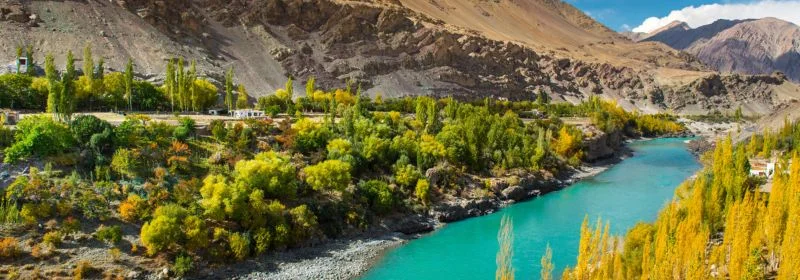Nestled in the trans-Himalayan region of India, the flora of Ladakh boasts a unique and diverse ecosystem characterized by its harsh terrain, extreme temperatures, and high altitude.
At elevations ranging from 2,800 to 7,500 meters above sea level, the flora of Ladakh flourishes in conditions that challenge even the hardiest of plants.
This visual journey through Ladakh’s high-altitude plants offers a glimpse into the remarkable biodiversity of this remote and rugged landscape.
1. Aconitum violaceum

Aconitum violaceum, commonly known as the Himalayan Monkshood, is a striking perennial herbaceous plant endemic to the high-altitude regions of Ladakh.
Its clusters of violet-blue flowers stand out against the rocky alpine meadows and slopes, adding a splash of color to the rugged landscape. Although Aconitum violaceum is beautiful, encountering it requires caution because all parts of the plant contain potent toxins that can be lethal if ingested or handled improperly.
Traditional medicine cautiously uses specific preparations of the plant for their medicinal properties, primarily for their analgesic and anti-inflammatory effects.
However, modern herbal medicine practices do not commonly use the plant due to its toxicity. Aconitum violaceum serves as a reminder of the delicate balance between beauty and danger in the high-altitude ecosystems of Ladakh, where plants have evolved unique adaptations to survive in extreme conditions.
2. Anaphalis triplinervis
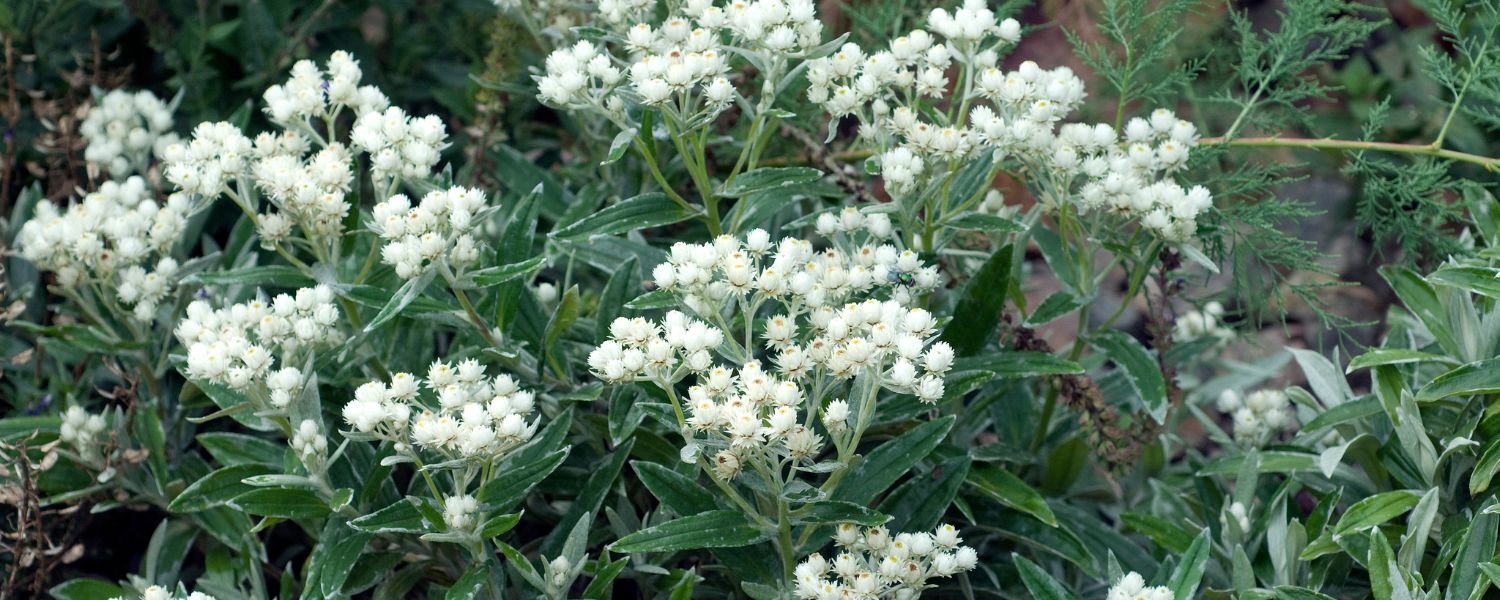
Anaphalis triplinervis, the Three-Nerved Immortelle, is a resilient perennial herbaceous plant clinging to rocky crevices and gravelly slopes in Ladakh.
Its silvery-white foliage and button-like flowers make it a distinctive feature of the region’s alpine landscape. Anaphalis triplinervis, despite its delicate appearance, thrives in the harsh climatic conditions of Ladakh, effortlessly enduring freezing temperatures and high winds.
Traditional medicine practitioners have used extracts from the plant for their anti-inflammatory and antiseptic properties, treating ailments ranging from skin irritations to respiratory infections.
Anaphalis triplinervis symbolizes resilience and endurance in the face of adversity, thriving in environments where few other plants can survive.
Its presence adds to the beauty and biodiversity of Ladakh’s high-altitude ecosystems, highlighting the intricate relationship between flora and the natural world.
3. Aquilegia fragrans
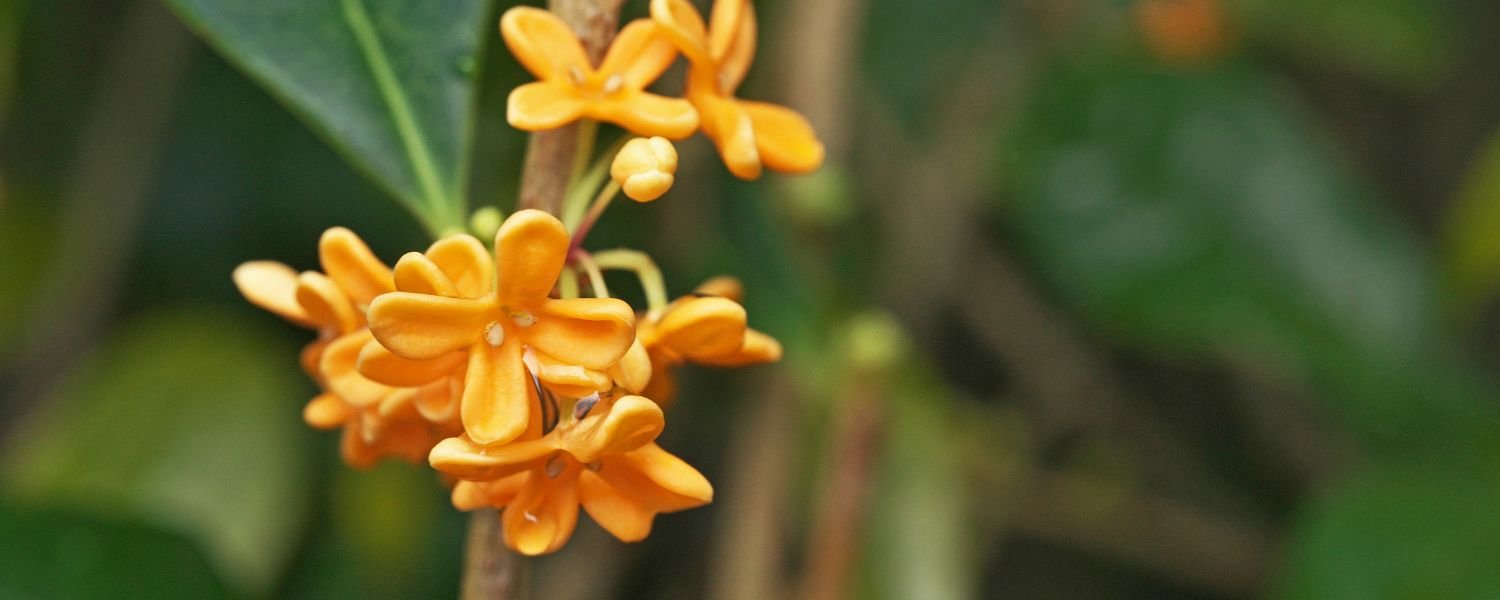
Aquilegia fragrans, commonly known as the Fragrant Columbine, graces Ladakh’s alpine meadows with its delicate blooms and sweet scent. This herbaceous perennial attracts pollinators with its trumpet-shaped flowers, which range in color from pale pink to deep violet.
Despite the harsh climatic conditions of Ladakh, Aquilegia fragrans thrives in well-drained soils and sunny exposures, often found nestled among rocks and grasses.
In traditional medicine, specific plant preparations have been used for their astringent and diuretic properties, treating digestive disorders and urinary tract infections.
Aquilegia fragrans serves as a reminder of the resilience and beauty of plant life in the high-altitude regions of Ladakh, where even the most delicate flowers can find a foothold amidst the rocky terrain.
4. Arnebia guttata
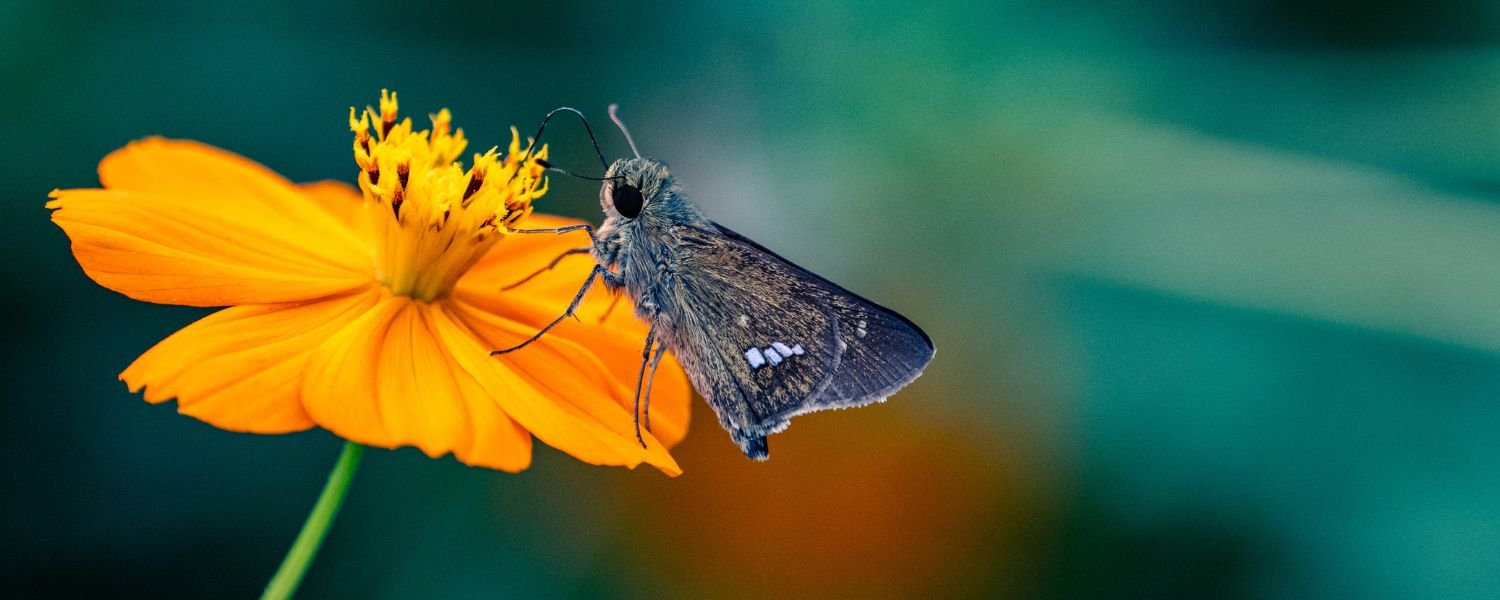
Arnebia guttata, also known as the Guttate Bugloss, is a vibrant species that paints Ladakh’s rocky slopes with shades of crimson and purple. This herbaceous biennial is prized not only for its ornamental value but also for its medicinal properties.
In traditional medicine, extracts from the roots of Arnebia guttata have been used for their anti-inflammatory and analgesic effects, treating ailments such as arthritis and skin conditions.
The plant’s vibrant flowers attract pollinators and add to the biodiversity of Ladakh’s high-altitude ecosystems. Despite its beauty and medicinal value, Arnebia guttata faces threats from habitat loss and over-harvesting, highlighting the need for conservation efforts to protect this valuable species.
Its presence serves as a reminder of the intimate connection between flora, fauna, and human communities in the fragile ecosystems of Ladakh.
5. Biebersteinia odora

Biebersteinia odora, commonly known as the Siberian Tea Plant, is a deciduous shrub that thrives in the rocky slopes and dry riverbeds of Ladakh. People prize its aromatic leaves for flavor and fragrance, often brewing them into a fragrant and invigorating tea.
Biebersteinia odora has traditional medicinal applications beyond its culinary uses, as it possesses anti-inflammatory and antimicrobial properties that treat ailments like respiratory infections and digestive disorders.
The shrub’s deep root system helps stabilize soils and prevent erosion, making it an essential species for conserving Ladakh’s fragile ecosystems.
Despite its resilience and adaptability, Biebersteinia odora faces threats from habitat destruction and over-harvesting, underscoring the importance of sustainable management practices to ensure its survival.
Its presence adds to the biodiversity and cultural heritage of Ladakh, where it has been valued for centuries for its medicinal and culinary uses.
6. Capparis spinosa
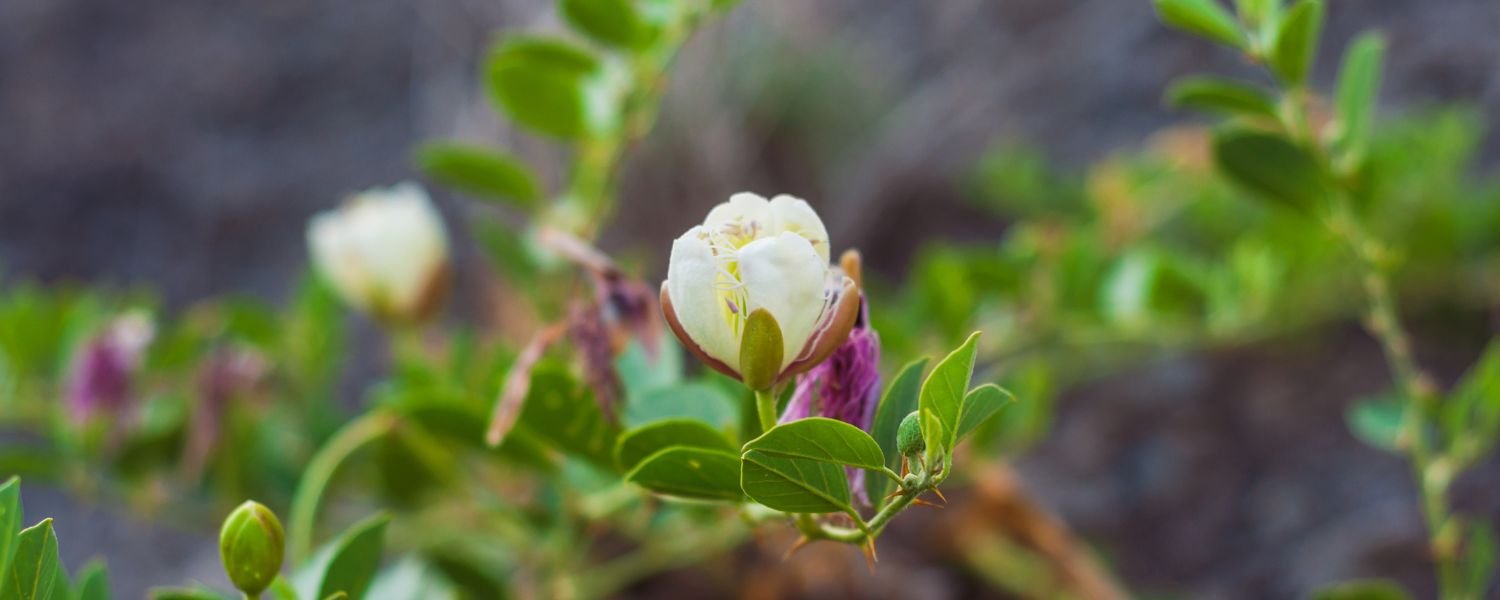
Capparis spinosa, commonly known as the Caper Bush, is a spiny shrub that thrives in the arid valleys and rocky outcrops of Ladakh. Its edible flower buds are prized in culinary traditions around the world, adding a tangy flavor to a variety of dishes.
In addition to its culinary uses, Capparis spinosa has been used in traditional medicine for its diuretic and anti-inflammatory properties, treating ailments such as rheumatism and gastrointestinal disorders.
The shrub’s deep root system helps stabilize soils and prevent erosion, making it an essential species for conserving Ladakh’s fragile ecosystems.
Despite its resilience and adaptability, Capparis spinosa faces threats from habitat loss and over-harvesting, underscoring the importance of sustainable management practices to ensure its survival.
Its presence adds to the biodiversity and cultural heritage of Ladakh, where it has been valued for centuries for its culinary and medicinal uses.
7. Gentiana algida

Gentiana algida, commonly known as the Snow Gentian, is a perennial herbaceous plant that thrives in Ladakh’s alpine meadows. Its vibrant blue flowers contrast starkly against the snow-capped peaks of the Himalayas, adding a splash of color to the region’s rugged landscape.
Despite its ephemeral beauty, Gentiana algida is a hardy species capable of withstanding the rigors of Ladakh’s high-altitude environment.
In traditional medicine, extracts from the plant have been used for their anti-inflammatory and digestive properties, treating ailments such as indigestion and fever.
Gentiana algida serves as a reminder of the resilience and adaptability of plant life in the face of adversity, thriving in environments where few other species can survive.
Moreover, Its presence adds to the biodiversity and natural beauty of Ladakh, where it plays a vital role in maintaining the ecological balance of the region.
8. Hippophae rhamnoides

Hippophae rhamnoides, commonly known as Sea Buckthorn, is a deciduous shrub that thrives in the rocky slopes and riverbanks of Ladakh. Its nutritious berries are rich in vitamins and antioxidants, providing sustenance for both humans and wildlife alike.
In addition to its culinary uses, Hippophae rhamnoides have been used in traditional medicine for their anti-inflammatory and immune-boosting properties, which treat ailments such as colds and infections.
The shrub’s deep root system helps stabilize soils and prevent erosion, making it an essential species for conserving Ladakh’s fragile ecosystems.
Despite its resilience and adaptability, Hippophae rhamnoides faces threats from habitat destruction and over-harvesting, underscoring the importance of sustainable management practices to ensure survival.
Moreover, Its presence adds to the biodiversity and cultural heritage of Ladakh, where it has been valued for centuries for its medicinal and nutritional properties.
9. Juniperus indica

Juniperus indica, also known as the Indian Juniper, is an evergreen conifer that dots the ancient landscapes of Ladakh. Its aromatic wood and medicinal properties have made it a valuable species for centuries, with traditional healers utilizing its leaves and berries for various ailments.
In addition to its medicinal uses, Juniperus indica is crucial in maintaining the ecological balance of Ladakh’s fragile ecosystems, providing habitat and food for various wildlife species.
Despite its resilience and adaptability, Juniperus indica faces threats from habitat loss and over-exploitation, underscoring the importance of conservation efforts to ensure its survival.
Moreover, Its presence not only enriches flora of Ladakh but also intertwines deeply with the region’s cultural fabric, contributing to Ladakh’s Famous Dishes, where it enjoys reverence for its profound medicinal and spiritual significance.
10. Lancea tibetica

Tibetan Lancea, also known as Lancea tibetica, inhabits Ladakh’s alpine meadows as a delicate perennial herbaceous plant. Its understated beauty and medicinal properties have made it a valued species in traditional medicine practices, with extracts from its roots used to treat various ailments.
Lancea tibetica thrives in Ladakh’s harsh climatic conditions, adapting well to well-drained soils and sunny exposures despite its delicate appearance.
Moreover, The plant’s presence adds to the biodiversity and natural beauty of Ladakh’s high-altitude ecosystems, serving as a reminder of the intricate relationship between flora and the natural world.
11. Podophyllum hexandrum

Podophyllum hexandrum, also known as the Himalayan Mayapple, is a rare and elusive species found in the forests and rocky slopes of Ladakh.
Its ornamental foliage and edible fruits have made it a prized species for centuries, with traditional healers utilizing its various parts for medicinal purposes.
Despite its scarcity, Podophyllum hexandrum plays a vital role in the ecological balance of Ladakh’s fragile ecosystems, providing habitat and food for various wildlife species.
Moreover, Conservation efforts are crucial to ensure the survival of this valuable species, protecting it from threats such as habitat loss and over-harvesting. The plant contributes to the biodiversity and cultural heritage of Ladakh, where people revere it for its medicinal and ornamental value.
12. Thylacospermum caespitosum

Thylacospermum caespitosum, also known as the Cushion Buckwheat, is a low-growing perennial herbaceous plant found in the rocky crags and scree slopes of Ladakh.
Its medicinal properties have made it a valued species in traditional medicine practices, with extracts from its roots used to treat various ailments.
Thylacospermum caespitosum thrives in Ladakh’s harsh climatic conditions, thanks to its well-adapted nature, preferring well-drained soils and sunny exposures despite its diminutive size.
Moreover, the plant’s presence adds to the biodiversity and natural beauty of Ladakh’s high-altitude ecosystems, serving as a reminder of the resilience and adaptability of plant life in the face of adversity.
Conservation efforts are crucial to ensure the survival of this valuable species, protecting it from threats such as habitat loss and over-harvesting.
Conclusion
The flora of Ladakh is a rich tapestry of life, with each species playing a vital role in maintaining the delicate balance of the region’s ecosystems.
From the rugged slopes of the Himalayas to the arid valleys and alpine meadows, Ladakh’s high-altitude plants are a testament to nature’s resilience and adaptability.
Despite the harsh climatic conditions and rugged terrain, these plants have evolved unique adaptations to survive and thrive in one of the most inhospitable environments on Earth.
Moreover, As stewards of the land, it is our responsibility to protect and preserve the rich biodiversity of Ladakh for future generations to enjoy. Through sustainable management practices and conservation efforts, we can ensure that these precious plant species continue to grace the landscape for centuries.
FAQ
Q. What are some of the endemic plant species found in Ladakh?
A. Ladakh is home to various endemic plant species, including Aconitum violaceum, Anaphalis triplinervis, and Lancea tibetica, among others.
Q. How does the flora of Ladakh contribute to its unique ecosystem?
A. The flora of Ladakh plays a vital role in maintaining the region’s ecological balance, providing food and shelter for various wildlife species and serving as a source of traditional medicine for local communities.
Q. How does climate change impact the flora and fauna of Ladakh?
A. Climate change poses significant challenges to the fragile ecosystems of Ladakh, with rising temperatures and changing precipitation patterns affecting the distribution and abundance of plant species and the migratory patterns of wildlife. Additionally, efforts to mitigate the impact of climate change and preserve Ladakh’s biodiversity are crucial for conserving this unique and precious ecosystem.
Q. What conservation efforts are in place to protect Ladakh’s flora and fauna?
A. However, multiple organizations and government agencies actively participate in conservation efforts aimed at protecting Ladakh’s flora and fauna. These efforts include habitat restoration, species reintroduction programs, community-based conservation initiatives, and the establishment of protected areas. Additionally, awareness campaigns and sustainable management practices aim to minimize human impact on the region’s fragile ecosystems and promote coexistence with wildlife.
